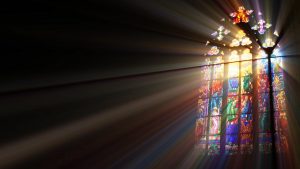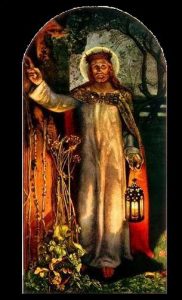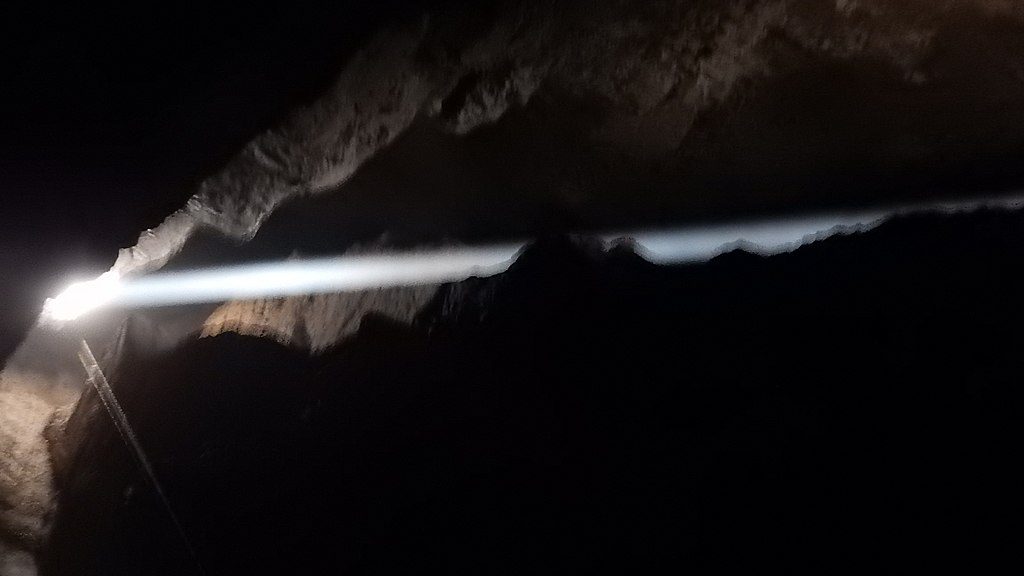On the fourth Sunday after Epiphany (January 28, 2018), in a series of sermons on the great archetypes in the bible, the Rev. Dr. Arthur Suggs reflected, and spoke, on the universal, multi-tradition symbolism of Light and the power to overcome those deep valleys of unknowing, uncertainty, fear, and even despair.
Others in the Great Archetypes series include Trees, Mountains, Music, and Water. (You’ll see those in the Recent Posts at the sidebar if they’ve been uploaded to date.)
Rev. Suggs began the sermon on the archetype of Light with the following:
“Far, we’ve been traveling far without a home, but not without a star.” ~ Neil Diamond, America
“But soft, what light through yonder window breaks? It is the east, and Juliet is the sun.” ~ William Shakespeare, Romeo and Juliet
“Look to my coming, at first light, on the fifth day. At dawn look to the East.” ~ J.R.R. Tolkien, Gandalf in Lord of the Rings
He says, “You are the moon of my life.” And she replies, “My sun and my stars.” ~ George R.R. Martin, Game of Thrones, Khal Drogo to his Khaleesi
LIGHT …
… Is a powerful metaphor and a dynamic symbol in all parts of our culture.

In paintings of every type, the artist plays an unusual dual role by painting light itself as an important motif in the picture and then by lighting the whole picture.
In stage and theater, the art of lighting can spell the pinnacle of performance or the death of dreams.
Throughout literature, authors depend on light to excite their insight. I have provided a few examples from various media.
Light permeates all of theological printing and speaking, and it is found virtually everywhere in the sciences.
Even a musical concert can be enhanced or ruined by the lighting. The solo spotlight on a piano performance. Or the lasers and the burst of flame at a rock concert. Or — and you’ll find this hard to believe — spotlights on preachers.
Light has pervaded our language:

“There’s light at the end of the tunnel,” an expression that we use when we’ve been trudging through something, and “Finally there’s a measure of hope at the end.”
In American politics, pretty much every four years or so, we have “The dawning of a new era.” Reagan got a lot of mileage out of “Morning in America.”
Or we hire an expert to “Shed light on the subject,” whatever it might be.
The imagery infuses our soul as well:
- Starlight to a sailor.
- Sunlight to a prisoner.
- Moonlight to lovers.
- Candlelight to a scholar.
- The light of a campfire to old friends.
- A light in the window to someone who is lost.
- And a thousand other examples.
Here are some samples from the Bible. These are among the few equations of God:
“God is light.” It doesn’t say, “God is the light.” It doesn’t say, “God is a light.” It just says, “God is light.” God equals light. There is only a handful of other equations like this: God is spirit, God is bread, God is love.” ~ The First Letter of John, Chapter 1, Verse 5

The Letter of Paul to the Philippians, Chapter 2, Verse 15, speaks to the children of God, this is for you: “Shining stars in the sky.”
“Let your light so shine before others.” Don’t put a bushel basket over it. Let it shine the way the song says. ~ The Gospel According to Matthew, Chapter 5, Verse 16The first Letter of
Or in Paul’s First Letter to the Thessalonions, Chapter 5, Verse 5: “You are children of the light, and children of the day.”
Preacher: I’ve Been Here Long Enough, and You’ve Heard Me Long Enough to Know That . . .
. . . many of the aspects of standard orthodox Christianity don’t suit me very well.
There’s an example with the notion that “God is light.” So it says in The First Letter of John, and then in the Gospel of John he adds two more verses to it.
Now I want to put the three of them together, and you tell me what you think it means:
As mentioned, in his First Epistle, John says, “God is light.” But then, in the Gospel According to John, Jesus is recounted as saying, “I am the light of the world.”
Now bear in mind that he spoke problematically in Aramaic, translated into Greek, and then translated into English.

Fortunately, the linguistic construction is identical in all three languages. “I am” is both the belief of referring to “me” or it’s the name of God. Either he’s saying “I am the light of the world,” citing himself that he, Jesus, is the light of the world, or he might be saying, “God is the light of the world.”
To add to the confusion, a little later he says, “You are the light of the world.”
There’s a part of me that wants to take all this at face value and ask, “How are we to understand this?” And so I’ve got these three thoughts here — “God is light,” “I am the light of the world,” and “You are the light of the world.”
At face value, the only conclusion I can come to is that there is a linkage between our physical being — who we are as homo sapiens, as organisms — and divinity.
There’s a linkage, an identity linkage, that either we want to deny it or ignore it or just set it aside and never preach on it, but it’s there in the background.
A Series of Archetypes: Here Are Two Lessons from the Notion of Light
We’ve been looking at deep archetypes that run through scripture, and this is the third in a series.
We looked at trees two weeks ago; we looked at mountains a week ago; the notion today is light; and next Sunday it’s music. I’d like to offer two lessons from this notion of light, pervading its way through the scriptures but beyond the scriptures, infusing their way into every facet of human existence.
Read the rest of this sermon:
Featured Image Credit: Beam of sun light inside the cavity of Rocca ill’Abissu at Fondachelli Fantina, Sicily. By Fediona; Creative Commons via Wikimedia.

